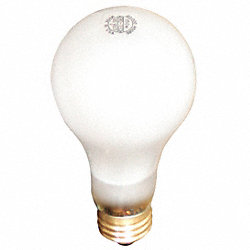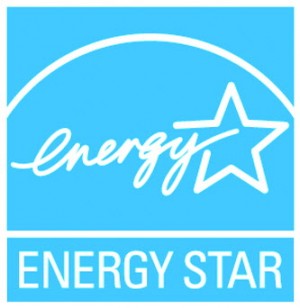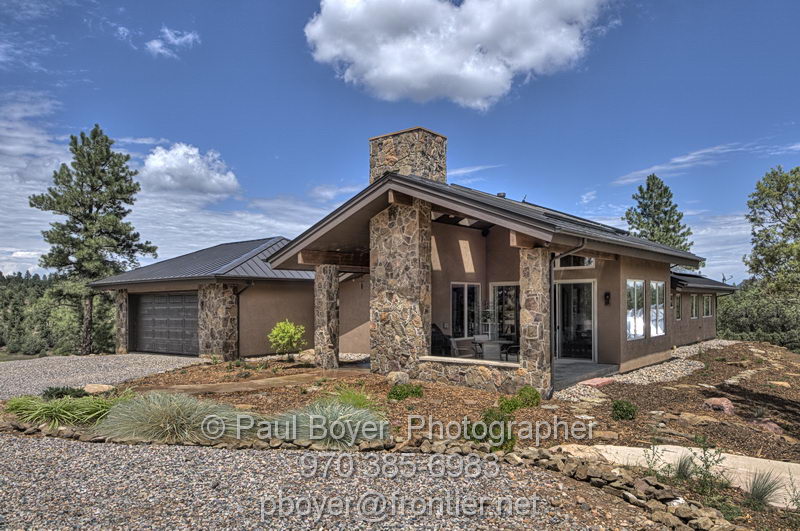There have been a lot of discussions lately about the different types of light bulbs available to American consumers. These discussions usually focus on the energy savings associated with Compact Fluorescent (CFLs) and Light Emitting Diode (LEDs). But, do they really save you money in the long run as compared to (Incandescent) IBs?
Using the standard of a typical 60 watt IB light bulb in a typical home to make a comparison to the actual cost of each type of bulb over the life of the bulb, we can see how they stack up. Assume that the advertised life span of any one bulb is as advertised understanding that there is always variability when comparing several bulbs of the same type. The total cost is strictly from a consumer’s point of view. Assume that the costs of manufacturing or transportation is essentially the same for all three.
So, looking at the three types, let’s compare:
This data is collected from a popular home improvement store using popular bulbs of each type. Looking at the data, you can see that an LED lasting 200,000 hours will cost about $288 to operate based on 11.5 cents/kWh. You add the cost of the bulb and you come up with a total cost of $313 for the life of that bulb. Now, 200,000 hours is almost 23 years of continuous time, and there is a good chance that you will not burn that bulb continuously for 23 years. So, if you even estimate that you will have this light on for only 5 hours per day, then that bulb should last you a little over 109 years.
To make a fair comparison, you have to use 20 CFLs to equal the life span of an LED. For the CFL, 20 CFLs at 10,000 hours each will cost $322 to operate; and if you add in the cost of the 20 bulbs, about $30, then your total cost is $352.
You will need 200 IBs to make it to 200,000 hours and the total cost of operation for those 200 bulbs is about $1,380. You add in the $50 cost of those bulbs and the total cost of IBs is $1,430. Looking at this in a little broader way, we get this information:
 Here one can see that a typical three bedroom home with approximately 40 bulbs on for five hours a day, will have a significant savings over a year with LED or CFL bulbs.
Here one can see that a typical three bedroom home with approximately 40 bulbs on for five hours a day, will have a significant savings over a year with LED or CFL bulbs.
Using the standard of a typical 60 watt IB light bulb in a typical home to make a comparison to the actual cost of each type of bulb over the life of the bulb, we can see how they stack up. Assume that the advertised life span of any one bulb is as advertised understanding that there is always variability when comparing several bulbs of the same type. The total cost is strictly from a consumer’s point of view. Assume that the costs of manufacturing or transportation is essentially the same for all three.
So, looking at the three types, let’s compare:
| Bulb type | Energy Used (watts) | Lumens | Life Span Hours | Cost per Bulb |
| IB |
60
|
860
|
1,000
|
$0.25
|
| CFL |
14
|
800
|
10,000
|
$1.50
|
| LED |
12.5
|
800
|
200,000
|
$25.00
|
This data is collected from a popular home improvement store using popular bulbs of each type. Looking at the data, you can see that an LED lasting 200,000 hours will cost about $288 to operate based on 11.5 cents/kWh. You add the cost of the bulb and you come up with a total cost of $313 for the life of that bulb. Now, 200,000 hours is almost 23 years of continuous time, and there is a good chance that you will not burn that bulb continuously for 23 years. So, if you even estimate that you will have this light on for only 5 hours per day, then that bulb should last you a little over 109 years.
To make a fair comparison, you have to use 20 CFLs to equal the life span of an LED. For the CFL, 20 CFLs at 10,000 hours each will cost $322 to operate; and if you add in the cost of the 20 bulbs, about $30, then your total cost is $352.
You will need 200 IBs to make it to 200,000 hours and the total cost of operation for those 200 bulbs is about $1,380. You add in the $50 cost of those bulbs and the total cost of IBs is $1,430. Looking at this in a little broader way, we get this information:
Hrs of life
|
# Bulbs for 200,000 hr
|
Watts/bulb
|
Total Watt
|
Watt/KW
|
KWhr
|
$/KWhr
|
|
| LED |
200,000
|
1
|
12.5
|
2,500,000
|
1,000
|
2,500
|
0.115
|
| CFL |
10,000
|
20
|
14
|
2,800,000
|
1,000
|
2,800
|
0.115
|
| IB |
1,000
|
200
|
60
|
12,000,000
|
1,000
|
12,000
|
0.115
|
Total Elect Cost
|
Bulb $
|
Total $ for 200,000hrs
|
$/year (5hr/day)
|
3 bedroom house ~ 40 bulbs - $/yr
|
|
| LED |
$288
|
$25.00
|
$312.50
|
$2.85
|
$114.14
|
| CFL |
$322
|
$1.50
|
$352.00
|
$3.21
|
$128.57
|
| IB |
$1,380
|
$.25
|
$1,430.00
|
$12.59
|
$503.60
|
 Here one can see that a typical three bedroom home with approximately 40 bulbs on for five hours a day, will have a significant savings over a year with LED or CFL bulbs.
Here one can see that a typical three bedroom home with approximately 40 bulbs on for five hours a day, will have a significant savings over a year with LED or CFL bulbs.
Therefore, in the long run, it looks like the LED is the best deal you can get, followed closely by the CFL. However, there are many other considerations that you need to mak,e such as your intended use of the bulb and how long you will need that particular use. The combinations of those two are endless and there is where lighting selection can sometimes be difficult. And, I have obviously ignored costs of installation and disposal.
 For example, since CFLs and LEDs put out little to no heat, you would not want to have one in your livestock incubator (to warm chicks or eggs). Sometimes you want the heat supplied by the IB light. If you were providing a light for a device or building that is not long lived, you might want to shy away from the added cost of the CFL and LED. If heat prevention is important to you, then the CFL or LED would be a good choice. Also, sometimes in small town stores, you will not find a large selection of bulbs to choose from, and the local store owner may not even stock some of the more efficient LEDs and CFLs; sticking primarily to the historically popular IBs.
For example, since CFLs and LEDs put out little to no heat, you would not want to have one in your livestock incubator (to warm chicks or eggs). Sometimes you want the heat supplied by the IB light. If you were providing a light for a device or building that is not long lived, you might want to shy away from the added cost of the CFL and LED. If heat prevention is important to you, then the CFL or LED would be a good choice. Also, sometimes in small town stores, you will not find a large selection of bulbs to choose from, and the local store owner may not even stock some of the more efficient LEDs and CFLs; sticking primarily to the historically popular IBs.
 For example, since CFLs and LEDs put out little to no heat, you would not want to have one in your livestock incubator (to warm chicks or eggs). Sometimes you want the heat supplied by the IB light. If you were providing a light for a device or building that is not long lived, you might want to shy away from the added cost of the CFL and LED. If heat prevention is important to you, then the CFL or LED would be a good choice. Also, sometimes in small town stores, you will not find a large selection of bulbs to choose from, and the local store owner may not even stock some of the more efficient LEDs and CFLs; sticking primarily to the historically popular IBs.
For example, since CFLs and LEDs put out little to no heat, you would not want to have one in your livestock incubator (to warm chicks or eggs). Sometimes you want the heat supplied by the IB light. If you were providing a light for a device or building that is not long lived, you might want to shy away from the added cost of the CFL and LED. If heat prevention is important to you, then the CFL or LED would be a good choice. Also, sometimes in small town stores, you will not find a large selection of bulbs to choose from, and the local store owner may not even stock some of the more efficient LEDs and CFLs; sticking primarily to the historically popular IBs.
What can make an LED or CFL really handy is the fact that you can usually increase the amount of lighting in your home without increasing energy usage as compared to IB lights. The only caution is that, at least with the CFL bulbs, some of these in larger sizes may not fit in typical lighting fixtures in your home, especially if the lighting chamber is enclosed or confined.
About the Author
Charles W. Thompson is the SW Colorado Area Director for U.S. Department of Agriculture - Rural Development in Lewis, Colorado. Charles wrote this article with his brother Francis L. Thompson, who designs and builds commercial and military satellites and helped developed satellite TV. Upon seeing the article in the 4CORE November newsletter on lighting, Charles submitted this article as food for our reader's thoughts.
About the Author
Charles W. Thompson is the SW Colorado Area Director for U.S. Department of Agriculture - Rural Development in Lewis, Colorado. Charles wrote this article with his brother Francis L. Thompson, who designs and builds commercial and military satellites and helped developed satellite TV. Upon seeing the article in the 4CORE November newsletter on lighting, Charles submitted this article as food for our reader's thoughts.
































